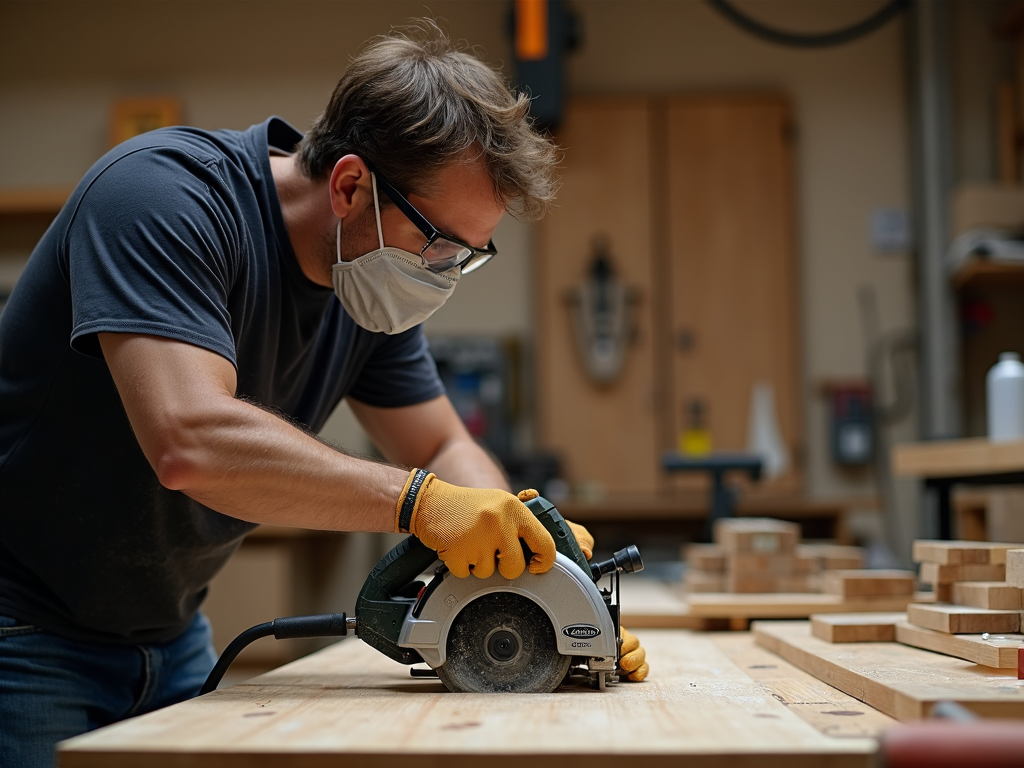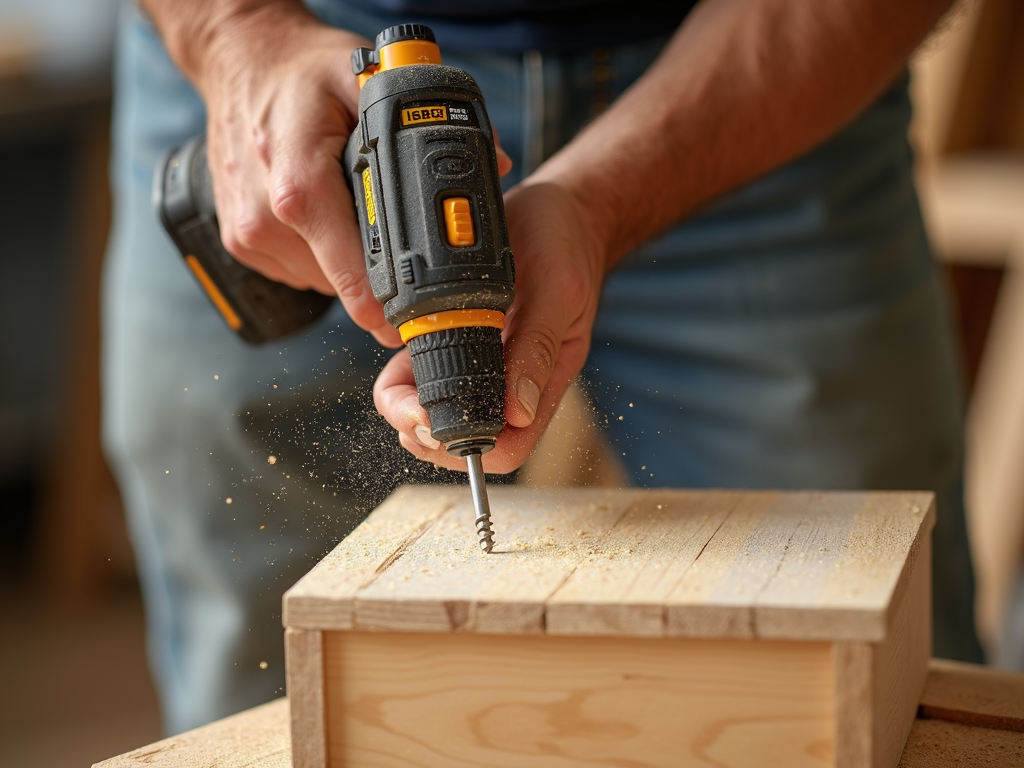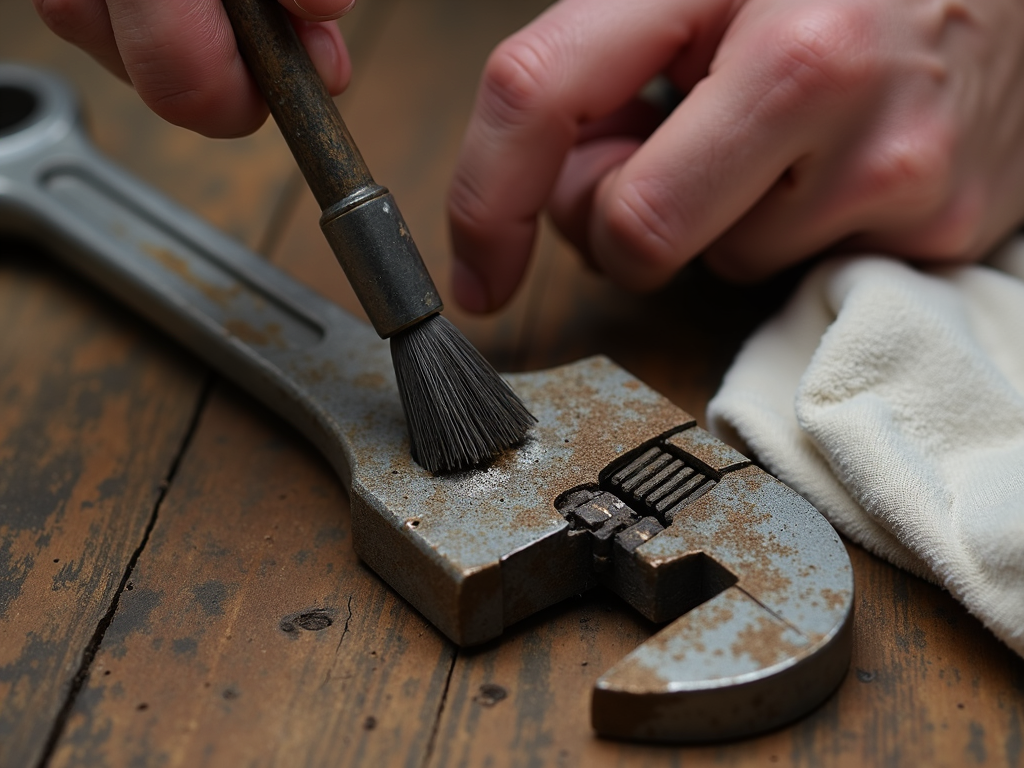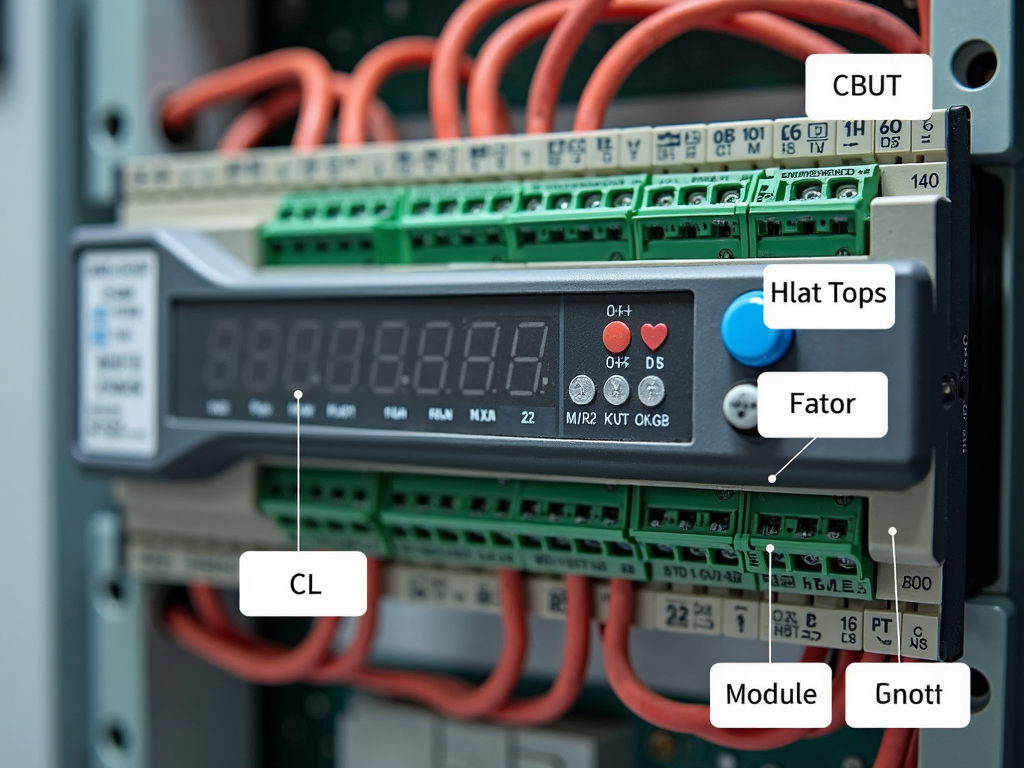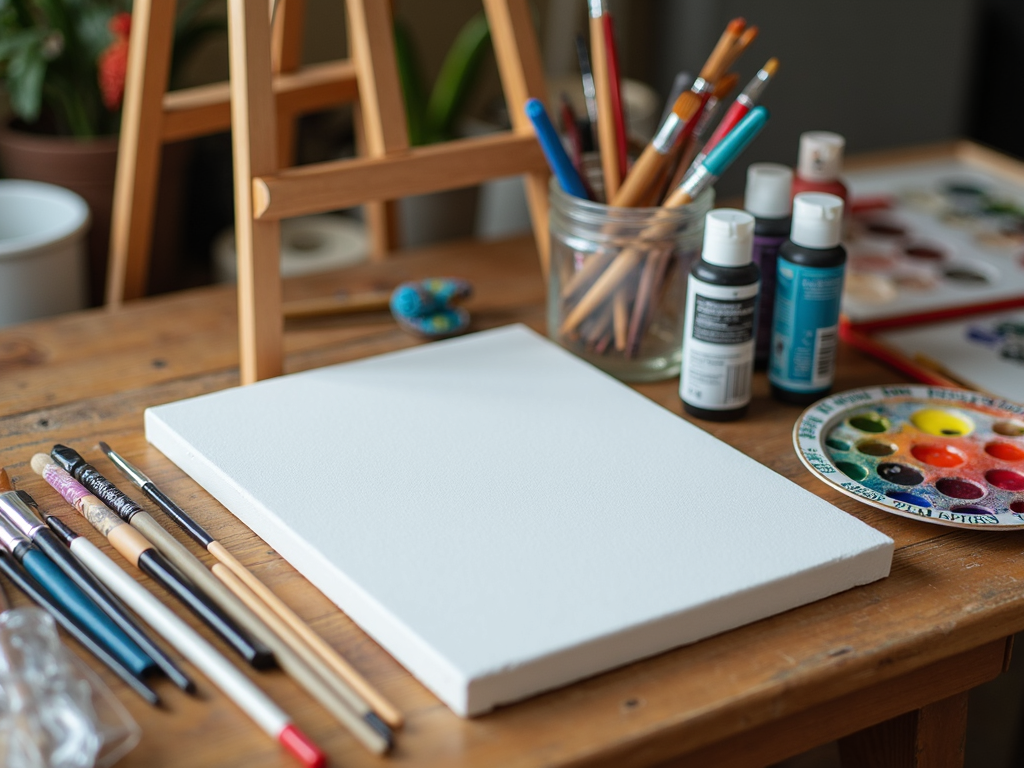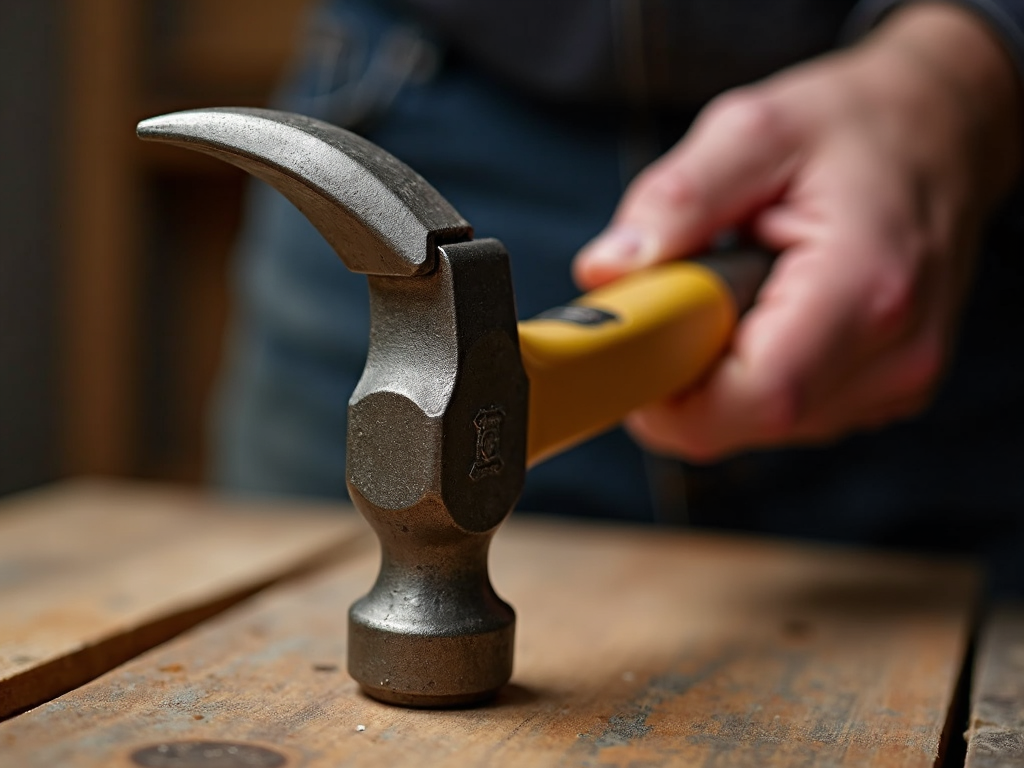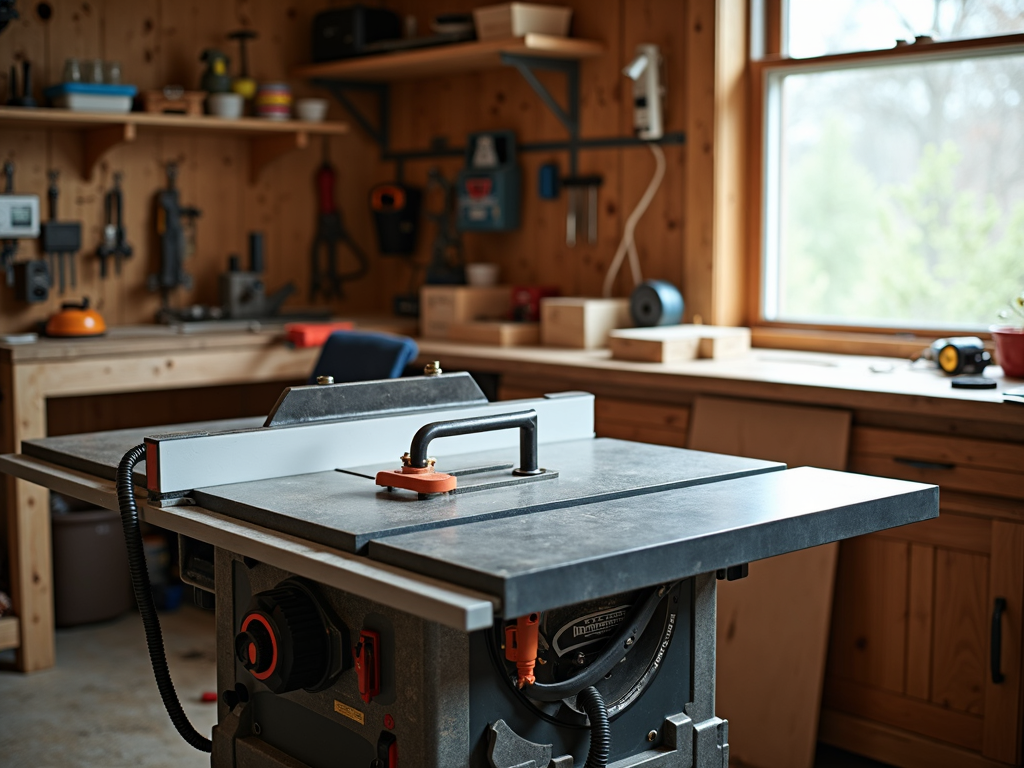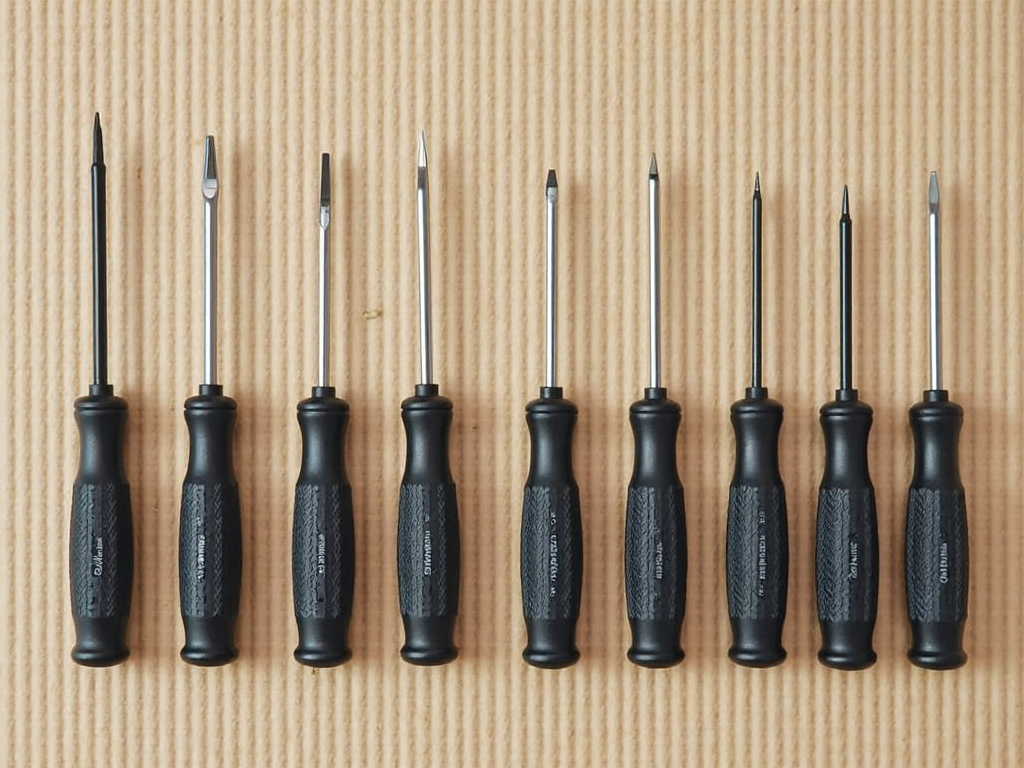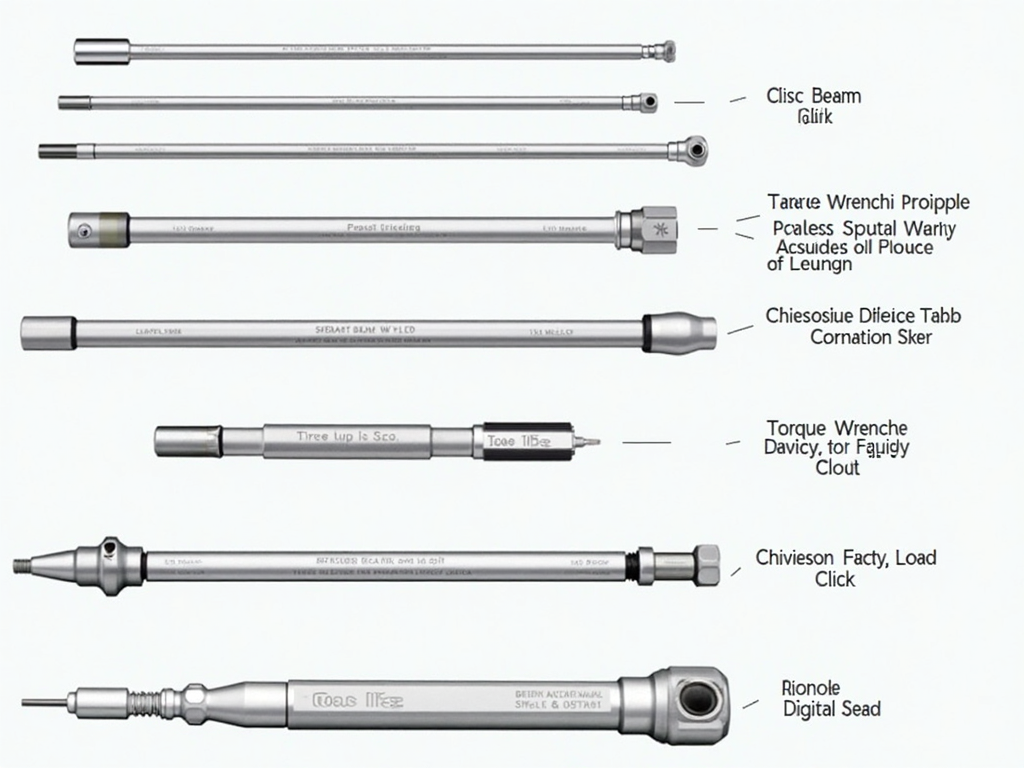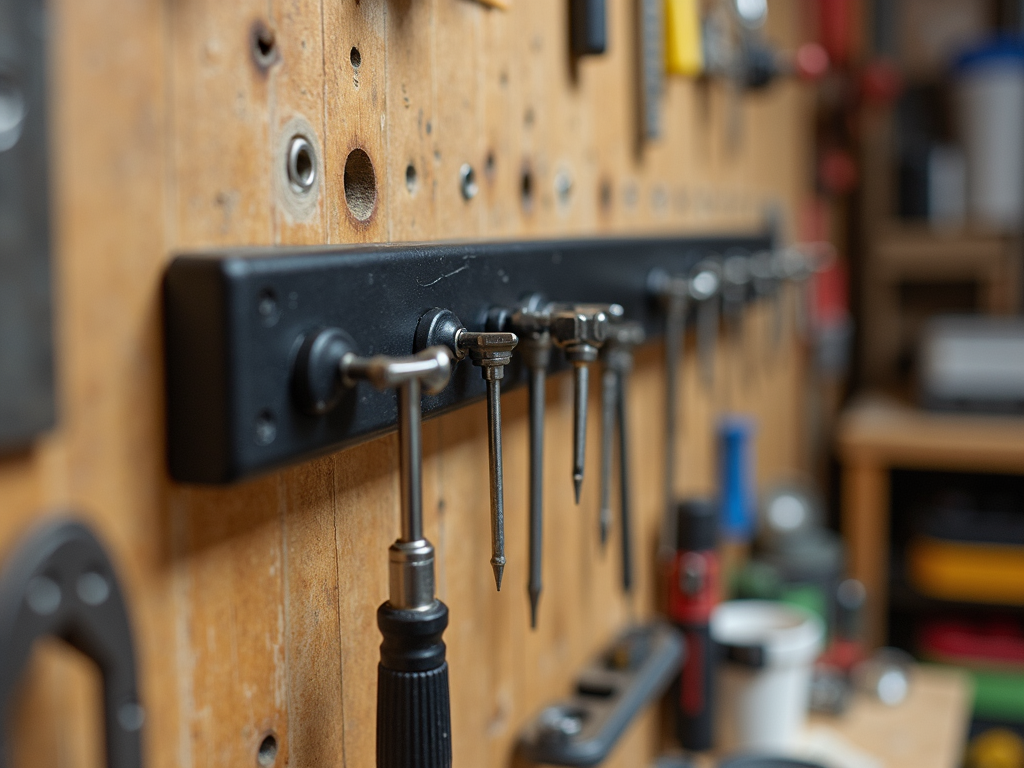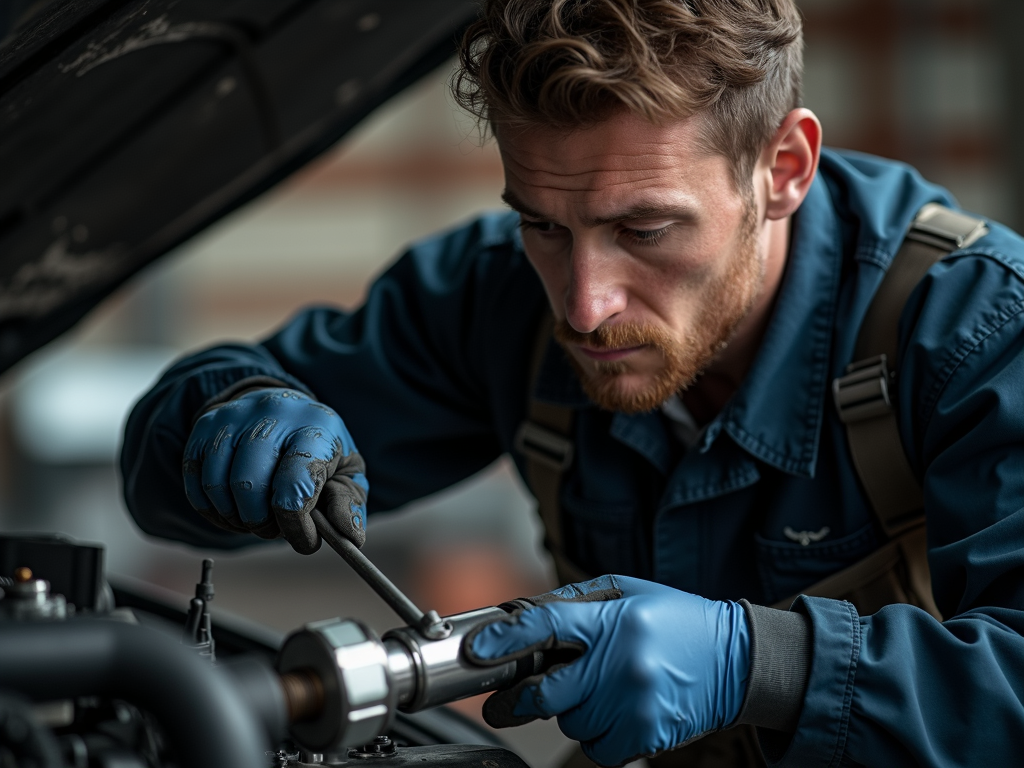Plumbing can be a challenging task, but having the right tools makes all the difference. Whether you're a professional plumber or a DIY enthusiast, understanding and using the correct workman tools for plumbing is crucial. In this guide, we'll explore the essential tools every plumber should have, how to use them, and why they're important. We'll also touch on the differences between plumbing tools and woodworking tools, as both are vital in their respective fields but serve different purposes.
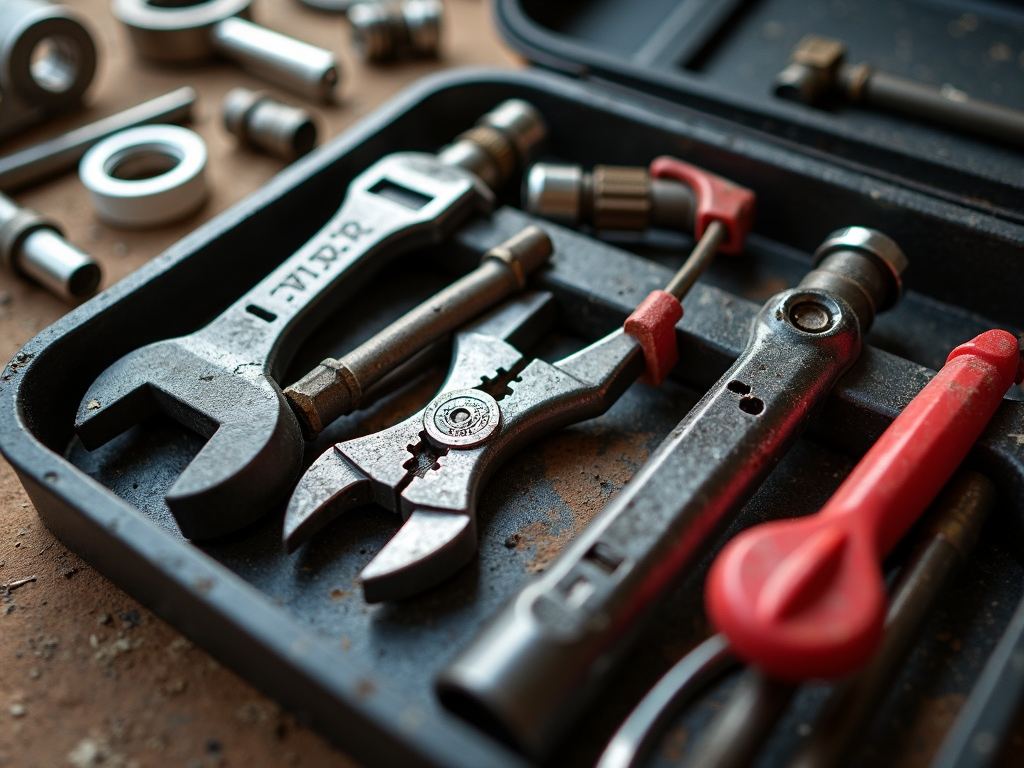
Why Workman Tools for Plumbing Matter
Plumbing tools are specifically designed to handle tasks like installing, repairing, and maintaining pipes, fixtures, and other plumbing systems. Unlike general tools, these are tailored to deal with the unique challenges of plumbing, such as working in tight spaces or handling different pipe materials. Using the right tools not only makes the job easier but also ensures safety and efficiency.
Key Workman Tools for Plumbing
Here are some of the most important tools every plumber should have in their toolkit:
- Adjustable Wrench: A versatile tool used for tightening and loosening nuts and bolts. It's essential for working with various pipe fittings.
- Pipe Wrench: Designed specifically for gripping and turning pipes, this tool is a must-have for any plumbing job.
- Basin Wrench: Perfect for reaching tight spaces under sinks, this wrench is ideal for installing or removing faucets.
- Pipe Cutter: Used to cut pipes cleanly and accurately, ensuring a proper fit during installations or repairs.
- Plunger: A simple yet effective tool for clearing clogs in sinks, toilets, and drains.
- Drain Auger (Snake): For more stubborn clogs, a drain auger can reach deep into pipes to remove blockages.
- Teflon Tape: Essential for sealing pipe threads and preventing leaks.
- Soldering Torch: Used for joining copper pipes, this tool is crucial for certain types of plumbing installations.
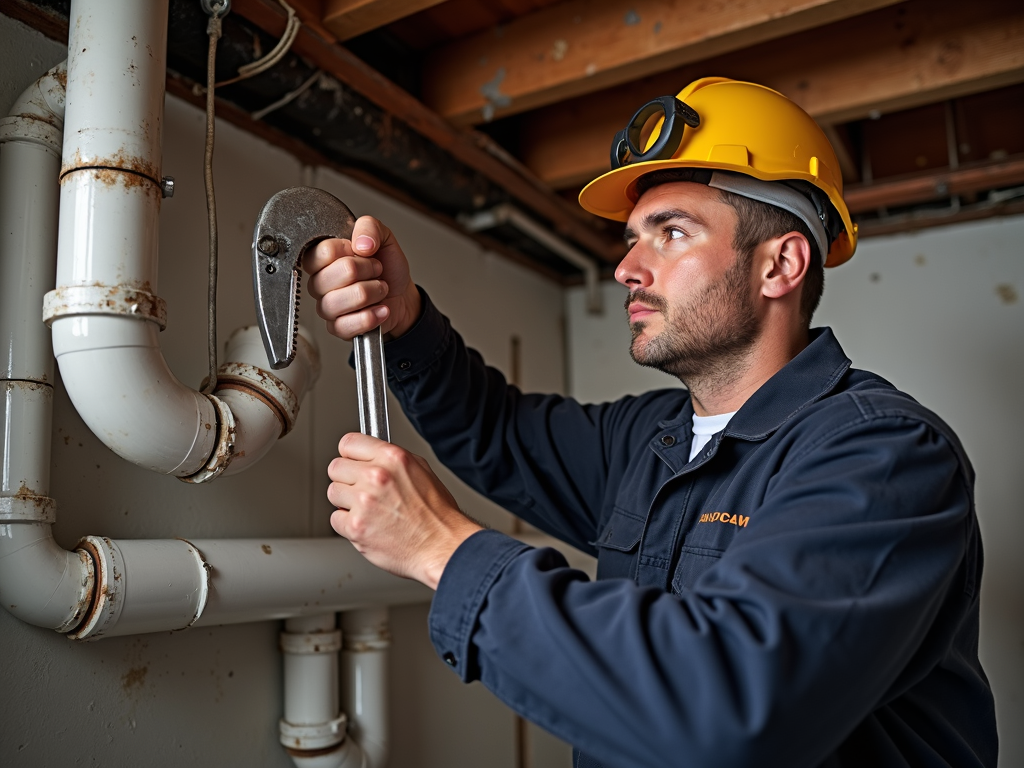
How to Use Plumbing Tools Effectively
Knowing how to use these tools correctly is just as important as having them. Here are some tips for using common plumbing tools:
- Adjustable Wrench: Always position the wrench so that the jaws face the direction of rotation. This ensures a better grip and reduces the risk of slipping.
- Pipe Wrench: Use two pipe wrenches for better leverage when working with stubborn pipes—one to hold the pipe and the other to turn the fitting.
- Basin Wrench: Extend the handle to reach tight spots, and make sure the jaws are securely gripping the nut before turning.
- Pipe Cutter: Tighten the cutter gradually while rotating it around the pipe to ensure a clean, even cut.
- Plunger: Create a tight seal over the drain and use firm, consistent pressure to dislodge the clog.
- Drain Auger: Feed the auger slowly into the drain, turning the handle to break up or retrieve the blockage.
- Teflon Tape: Wrap the tape clockwise around the threads to ensure it stays in place when the fitting is tightened.
- Soldering Torch: Clean the pipe and fitting thoroughly before applying flux and heat to create a strong, leak-proof joint.
Personal Insights: My Experience with Plumbing Tools
I remember the first time I had to fix a leaky faucet. Armed with only a basic adjustable wrench, I quickly realized I needed more specialized tools. After investing in a basin wrench, the job became much easier. The ability to reach those awkward nuts under the sink made all the difference. Since then, I've learned that having the right tools not only saves time but also prevents frustration and potential damage to plumbing fixtures.
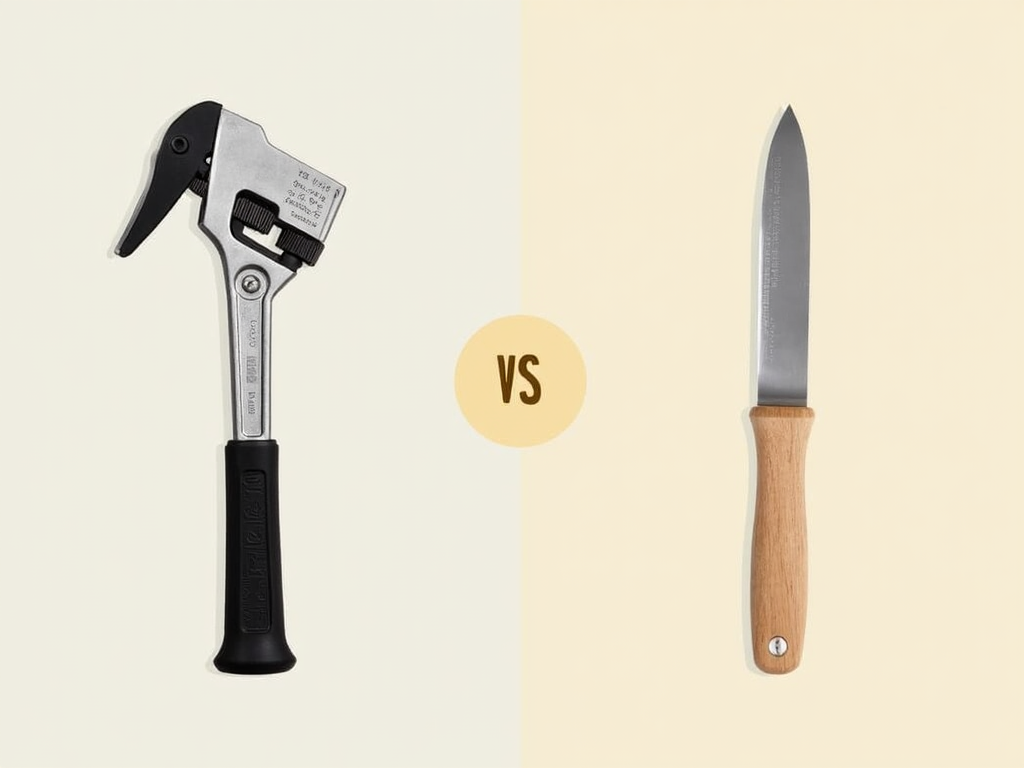
Plumbing Tools vs. Woodworking Tools
While there may be some overlap in tools used for plumbing and woodworking, such as drills or saws, the majority of tools are designed for specific tasks and materials. For example:
- Plumbing Tools: Focus on handling metal, plastic, and rubber materials found in pipes and fixtures. Tools like pipe wrenches and basin wrenches are designed for gripping and turning cylindrical objects.
- Woodworking Tools: Are tailored for cutting, shaping, and joining wood. Tools like chisels, planes, and routers are essential for creating precise cuts and smooth finishes on wooden surfaces.
Understanding these differences is important, as using the wrong tool for the job can lead to poor results or even damage to the materials.
Tips for Choosing the Right Plumbing Tools
When selecting plumbing tools, consider the following:
- Quality Over Price: Invest in high-quality tools that will last longer and perform better.
- Ergonomics: Choose tools with comfortable grips to reduce hand fatigue during long jobs.
- Versatility: Opt for tools that can handle multiple tasks, like an adjustable wrench, to save space in your toolbox.
- Material Compatibility: Ensure the tools are suitable for the types of pipes and fittings you'll be working with (e.g., copper, PVC, etc.).
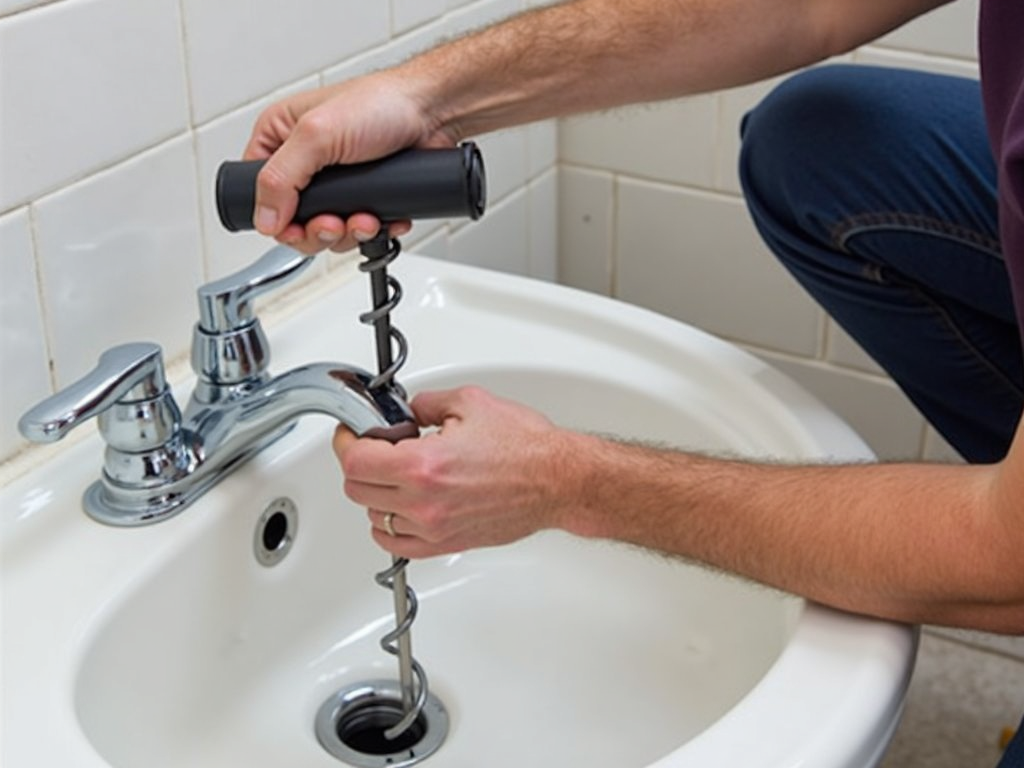
Maintaining Your Plumbing Tools
Proper maintenance of your tools is essential for their longevity and performance. Here are some maintenance tips:
- Clean After Use: Wipe down tools with a dry cloth to remove moisture and debris.
- Lubricate Moving Parts: Apply a light oil to hinges and adjustable parts to keep them moving smoothly.
- Store Properly: Keep tools in a dry, organized toolbox to prevent rust and damage.
- Inspect Regularly: Check for signs of wear or damage and replace tools as needed.
Conclusion
Having the right workman tools for plumbing is essential for anyone tackling plumbing tasks, whether you're a seasoned professional or a DIY beginner. By understanding the purpose of each tool, how to use them effectively, and how they differ from woodworking tools, you can ensure your plumbing projects are successful and stress-free. Remember, investing in quality tools and maintaining them properly will pay off in the long run.
Related workman tools for plumbing:
- Essential Safety Tips for Using Power Tools: A Comprehensive Guide
- Beginner’s Guide to Power Tools: Drills, Saws, and More
- Maintaining Your Metalworking Tools for Safety and Performance
- The Electrician's Guide to Advanced Automation Tools
- Painting Tools Every Artist Needs
- Top 10 Tools Every Workman Should Own: A Comprehensive Guide
- How to Pick the Perfect Table Saw: A Beginner's Guide
- Top 10 Essential Tools Every Workman Should Own: A Comprehensive Guide
- DIY Painting Hacks for Perfect Results
- Torque Wrench Basics: Why Every DIYer Needs One
- 10 Clever Workshop Storage Ideas: Organize Your Workshop Efficiently
- Essential Workman Tools for Automotive Repairs: A Comprehensive Guide
